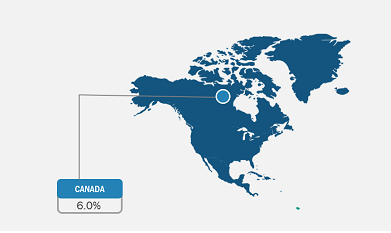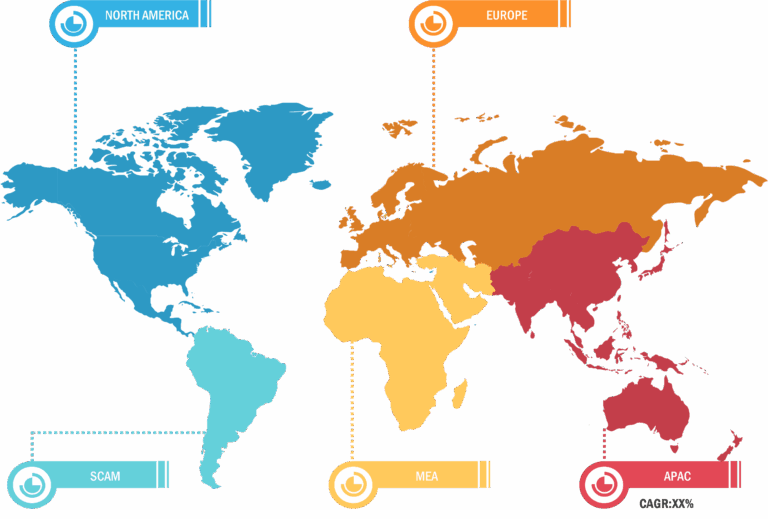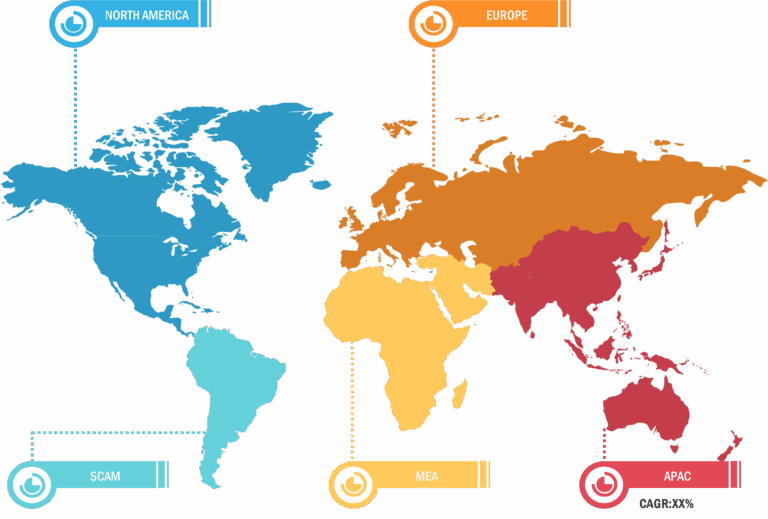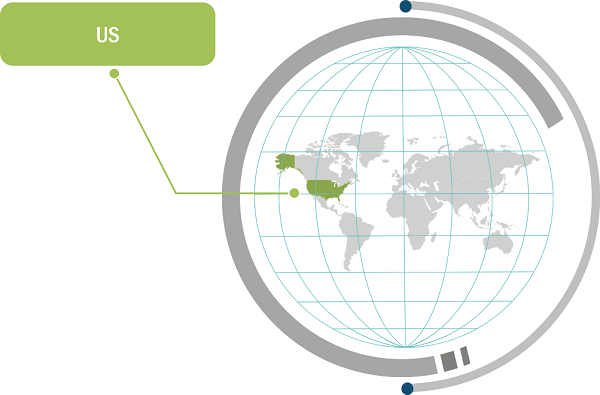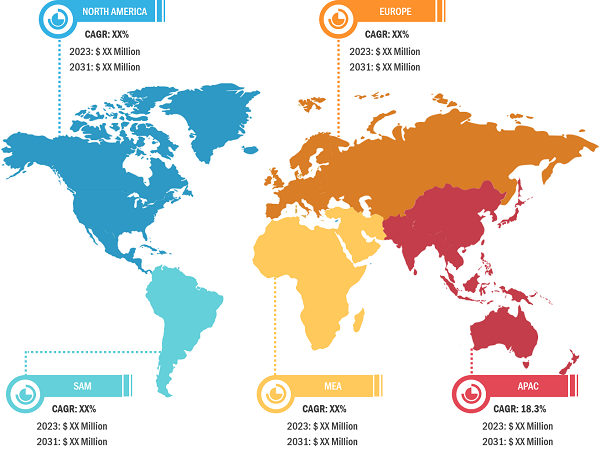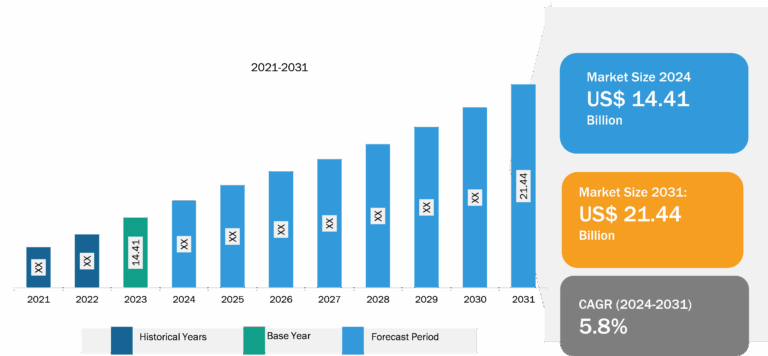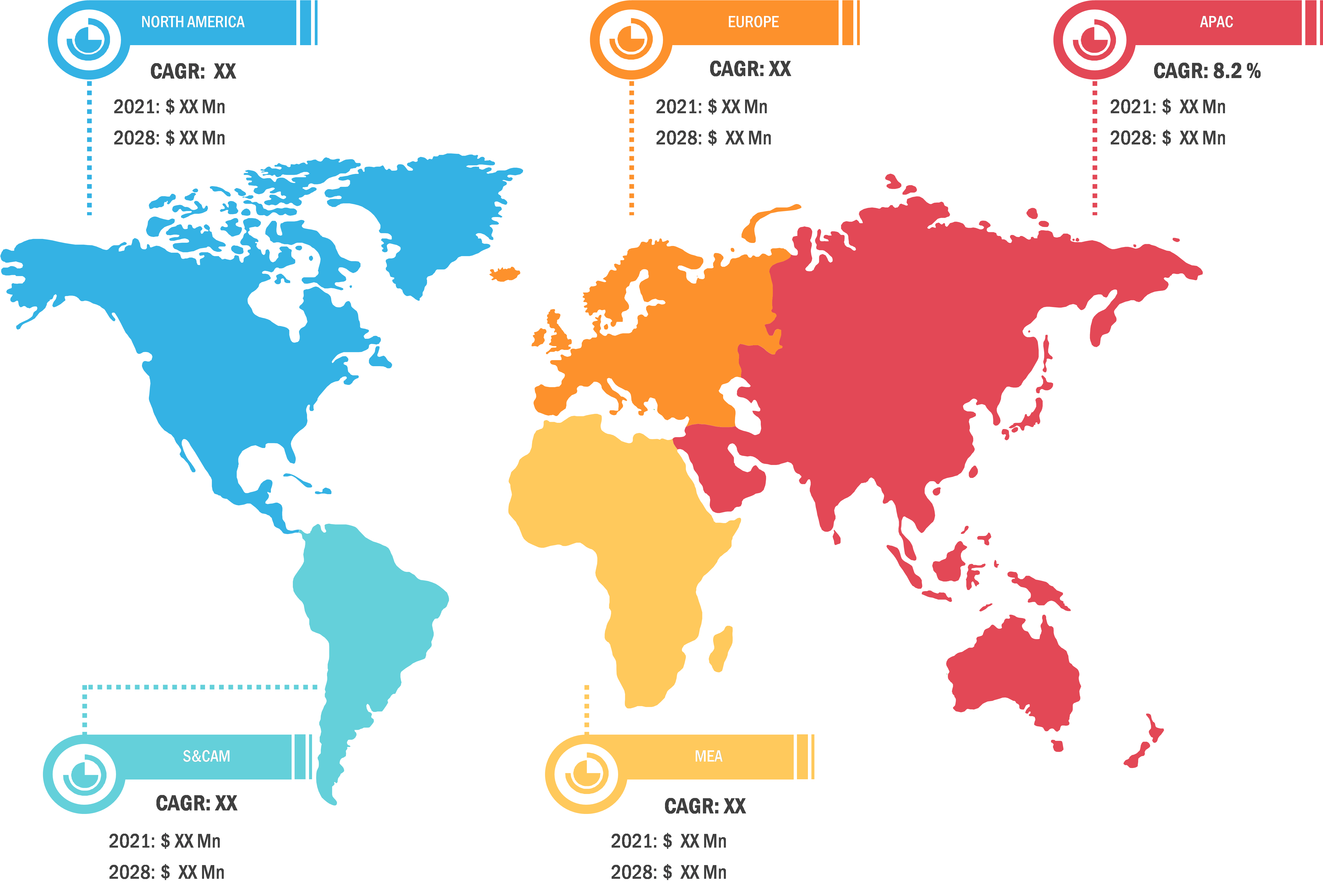
Coagulation Market
Coagulation or clotting is the process by which blood turns from a liquid into a gel and forms a blood clot. This potentially leads to hemostasis, i.e., the stoppage of blood flow from a damaged vessel, followed by repair. Coagulation analyzers measure and evaluate the rate of clot formation or clot coagulation. It helps prevent the risk of heart attacks, embolism, and thrombosis by identifying the blood clots in the blood vessels. The demand for such devices in hospitals is increasing since they are powerful automated tools that facilitate the diagnosis of blood-related diseases. The growing prevalence of blood disorders and rising incidence of cardiovascular diseases are driving the coagulation market size. However, the high costs associated with coagulation analyzers hinder the coagulation market growth.
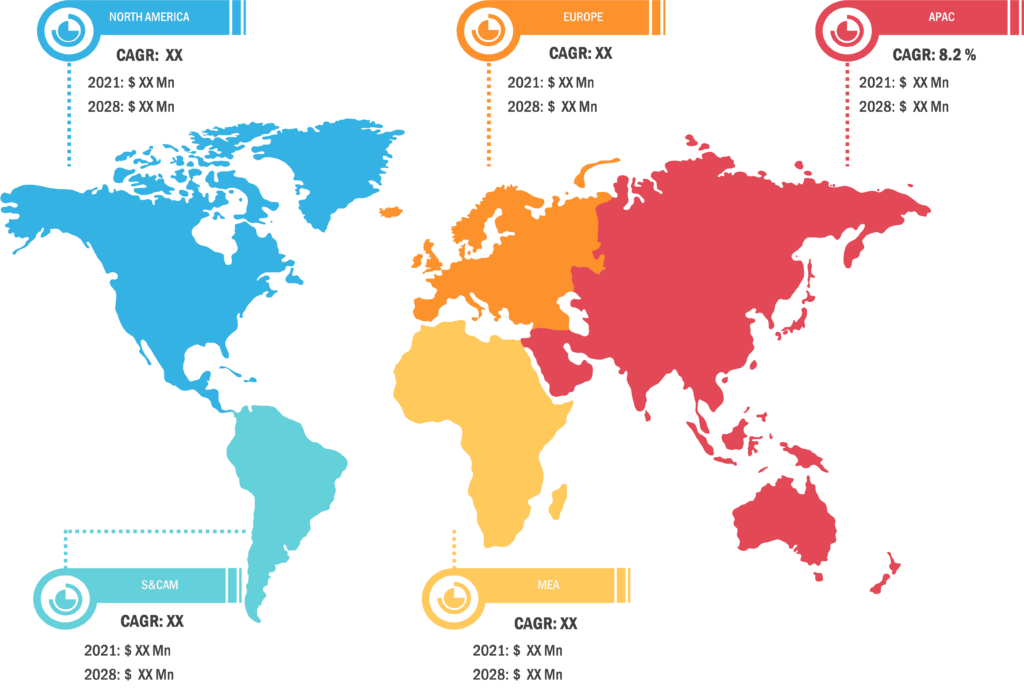
Rising Prevalence of Cardiovascular Diseases Drives Coagulation Market Growth
Heart disease is one of the leading causes of hospitalization, death, and reduced physical performance due to conditions such as atrial fibrillation and stroke. It affects the hemostatic system, vascular system, and fluid dynamics of blood, and causes arterial and venous thrombosis. Thrombosis is the leading cause of death and cardiovascular disease-related complications. Blood vessels damaged by smoking and high blood pressure form cholesterol-rich plaques lining the blood vessels, which can rupture and cause platelets to clot. Coagulation disorders result in the risk of myocardial infarction, stroke, and atherothrombotic events in vascular beds. Heart failure (HF) is related to an increased risk of thromboembolism independent of the presence of atrial fibrillation (AF). Platelet activation and coagulation system abnormalities can increase the risk of serious thromboembolic events in patients suffering from HF.
According to the 2022 Heart Disease & Stroke Statistical Update Fact Sheet, ~119.1 million deaths due to CVDs and nearly 89.1 million and 68.2 million stroke and ischemic stroke cases, respectively, are recorded across the world in 2020. Per the National Center for Chronic Disease Prevention and Health Promotion, in 2023, the US reports ~877,500 deaths due to heart diseases every year. According to the American Heart Association, more than 130 million Americans are likely to acquire some form of CVD by 2035. As per the “Global Burden of Disease Study 2019,” CVDs were the leading cause of death in Asia Pacific in 2019, causing 10.8 million or 35% of the total fatalities.
A coagulation test helps prevent potential heart attack-causing blood clotting. A coagulation analyzer is used during coronary artery bypass surgery and angioplasty to monitor information on blood clotting status. Thus, the growing incidence of cardiovascular diseases bolsters the coagulation market growth.
North America held the largest share of the global coagulation market in 2022 owing to the growing incidences of blood disorders, increasing occurrence of cardiovascular diseases such as atrial fibrillation (AFib), government support for preventing blood disorders, and the presence of major market players engaged in new and existing product developments. The US held the largest share of the coagulation market in North America, and is anticipated to register the highest CAGR. In the US, the incidence of cardiovascular disease is rising significantly, and it is among the leading causes of death across the country. According to the Centers for Disease Control and Prevention (CDC), AFib was mentioned as a cause of death on ~183,321 death certificates in the US in 2019, and it was the primary cause of death in nearly 26,535 of these cases. Moreover, 12.1 million people in the US are anticipated to suffer from AFib by 2030. CDC data also mentions that in the US, 1 in 5,000 male births are affected by hemophilia A, and ~400 babies are born with Hemophilia A each year. It also mentioned that ~33,000 males in the US were diagnosed with hemophilia during 2012–2018. Further, nearly 3 million people in the country suffer from anemia. Millions of people in the US carry genes that can cause blood disorders such as sickle cell anemia and hemophilia. According to the US Department of Health and Human Services, sickle cell disease (a blood disorder) affects more than 100,000 people in the country. Moreover, Von Willebrand disease (VWD) is a common inherited blood disorder in women in the US. Thus, the increasing incidences of cardiovascular diseases and blood disorders are likely to bolster the coagulation market growth in the US.
Coagulation Market: Competitive Landscape and Key Developments
NORDIC BIOMARKER; ImproGen Diagnostik Kimya San. & Tic. Ltd.; Diagnostica Stago, Inc.; Siemens Healthcare Private Limited; Sysmex; Helena Biosciences; F. Hoffmann-La Roche Ltd; Genrui Biotech Co., Ltd.; Transasia Bio-Medicals; and HORIBA Medical are a few key companies operating in the coagulation market. Market players adopt product innovation strategies to meet evolving customer demands, thereby maintaining their brand names in the coagulation market.
A few of the recent developments in the global coagulation market are mentioned below:
- In July 2022, HORIBA Medical added extra pre-analytical functionality to its fully automated hemostasis analyzer—Yumizen G800. The new Tube Filling Level Check option for the Yumizen G800 helps overcome a significant pre-analytical error risk factor.
- In August 2021, Siemens Healthineers Launched Sysmex CN-3000 and CN-6000 Hemostasis Systems. These fully automated systems have brought mid- and high-volume coagulation testing to laboratories.
- In February 2021, Siemens Healthineers and Sysmex Extend Hemostasis renewed their long-standing agreement of global supply, distributorship, sales, and services for a broad portfolio of hemostasis products, including a multi-year extension. As part of the agreement, Siemens Healthineers agreed to distribute the new Sysmex CN Systems.
- In July 2020, Sysmex Launched CN-6500 and CN-3500 automated blood coagulation analyzers in Japan and EMEA. These integrated analyzers incorporate features of their predecessors the CN-6000/CN-3000, such as high levels of productivity, reliability, operability, and serviceability. They consist of a measuring unit using CLEIA, a measuring principle developed with HISCL. The CN-6500 and CN-3500 analyzers allow for flexible measurements in response to a broad range of test orders in the fields of thrombosis and hemostasis.

